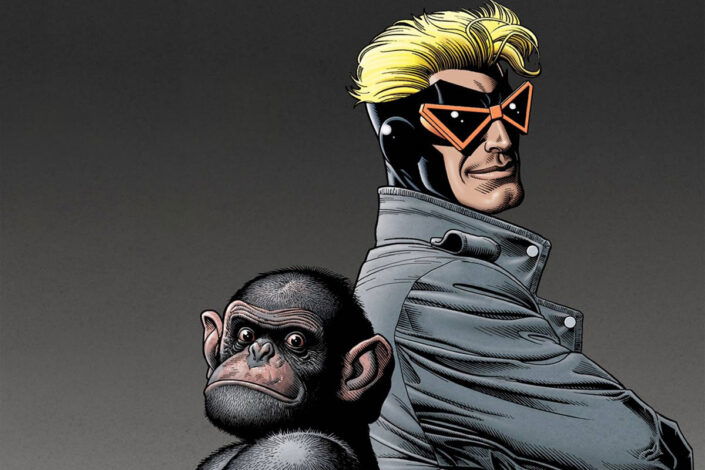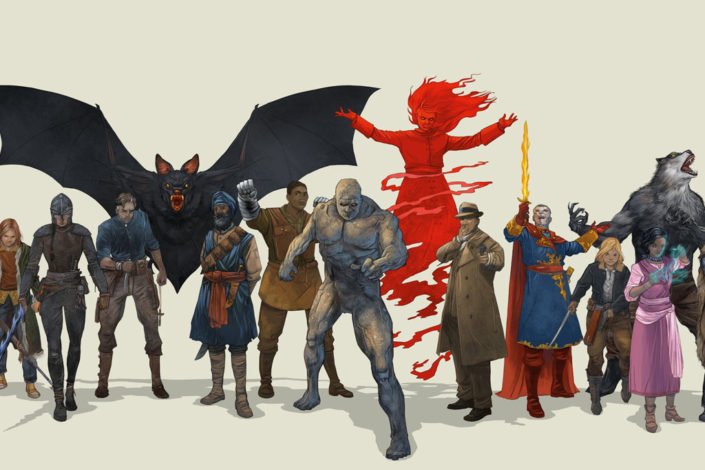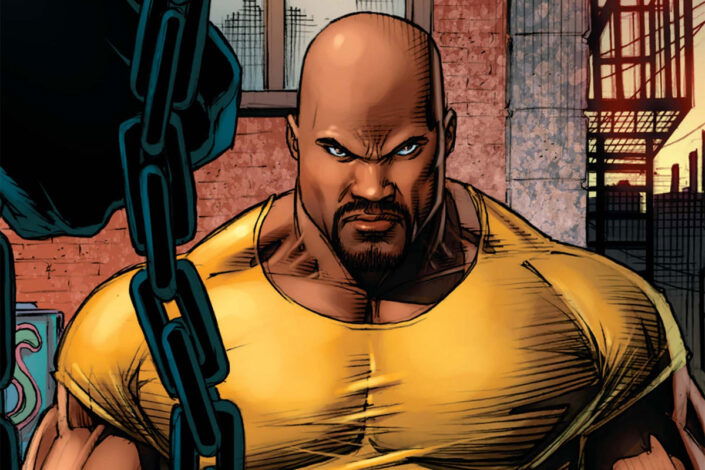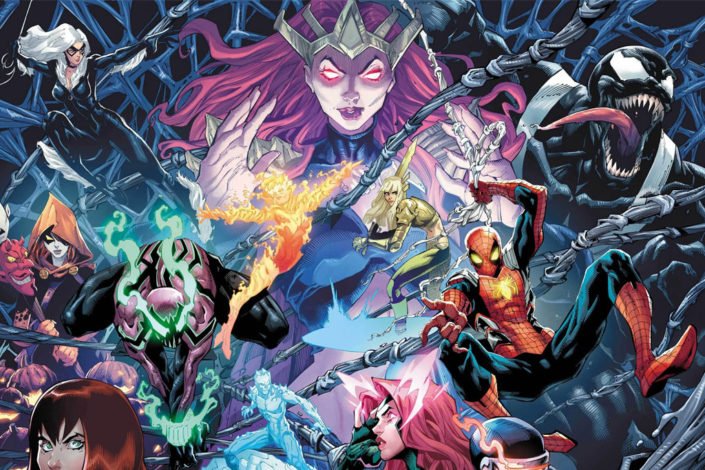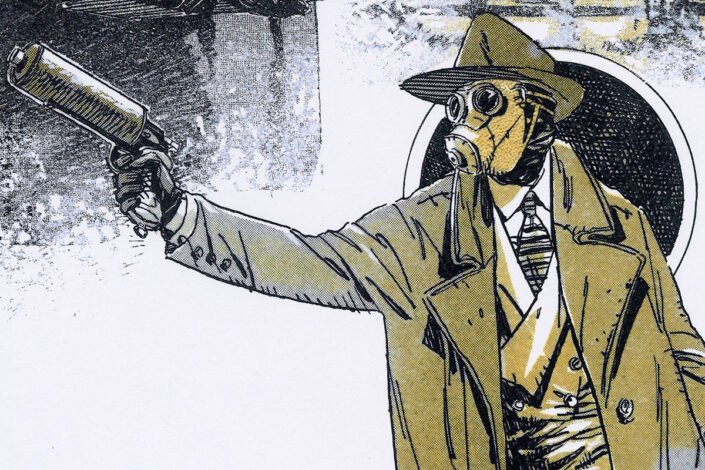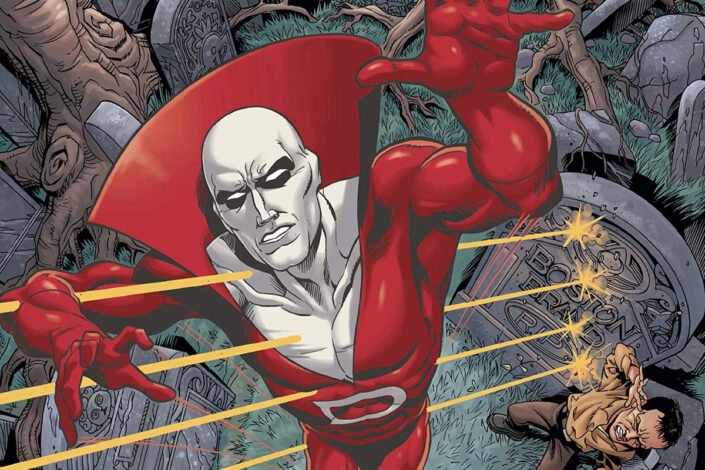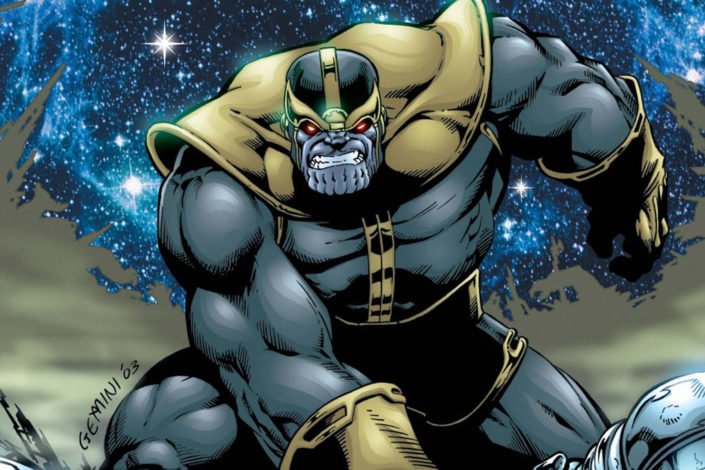Who Is Tom Strong? Exploring the World of Alan Moore’s Golden Age Superhero
In 1999, Alan Moore launched America’s Best Comics, an imprint of WildStorm–still at Image Comics at that time. The idea was to develop a line of comics partly based on the 1940s Golden Age of comic books, partly motivated by Alan Moore’s passion for magic. Today, the most famous comics series from the imprint is The League of Extraordinary Gentlemen–Top Shelf and Knockabout Comics later published the series–, but Tom Strong became the more developed universe.
Created by Alan Moore and artist Chris Sprouse, Tom Strong is a “science hero” who, with his wife Dhalua, his daughter Tesla, the enhanced ape King Solomon, and his robotic valet, Pneuman, fought science criminals and other supernatural/paranormal dangers for decades, but also at different times, worlds, and realms.
Tom Strong was born on the fictional West Indian island of Attabar Teru. There, his scientist parents put him in a high-gravity chamber and gave him an intensive education. Plus, he grew up eating a root used by the natives of the island for health and long life. When he got out, he was stronger, faster, more intelligent, and healthy than the average human being. He became an adult and married Dhalua, the daughter of Attabar Teru’s Chief Omotu. Together they relocated to Millennium City and had a daughter named Tesla.
In the civilized world, Tom Strong became a science hero who fought masked “science villains” like Paul Saveen, the Nazi Ingrid Weiss, the mechanical-molecular megalomaniac Modular Man, Aztecs from an alternate Earth, and more.
Read More »Who Is Tom Strong? Exploring the World of Alan Moore’s Golden Age Superhero

